All templates
Brainstorming templates
Create a space for the best ideas to rise with our brainstorming templates collection. Facilitate processes offering teams the space and tools they need for blue-sky thinking.
Sub categories
Sidekicks
AI Collaborators designed with specific skills like research, planning, or diagramming.
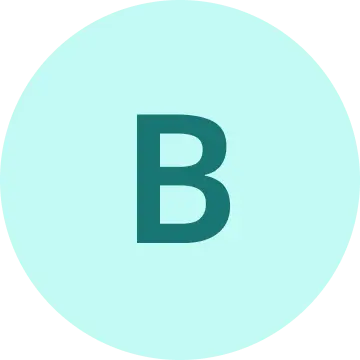
Brainstorming
Inspire new ideas and run great brainstorms.
5 likes
151 uses
Templates
802 templates
Reverse Brainstorming Template
3 likes195 uses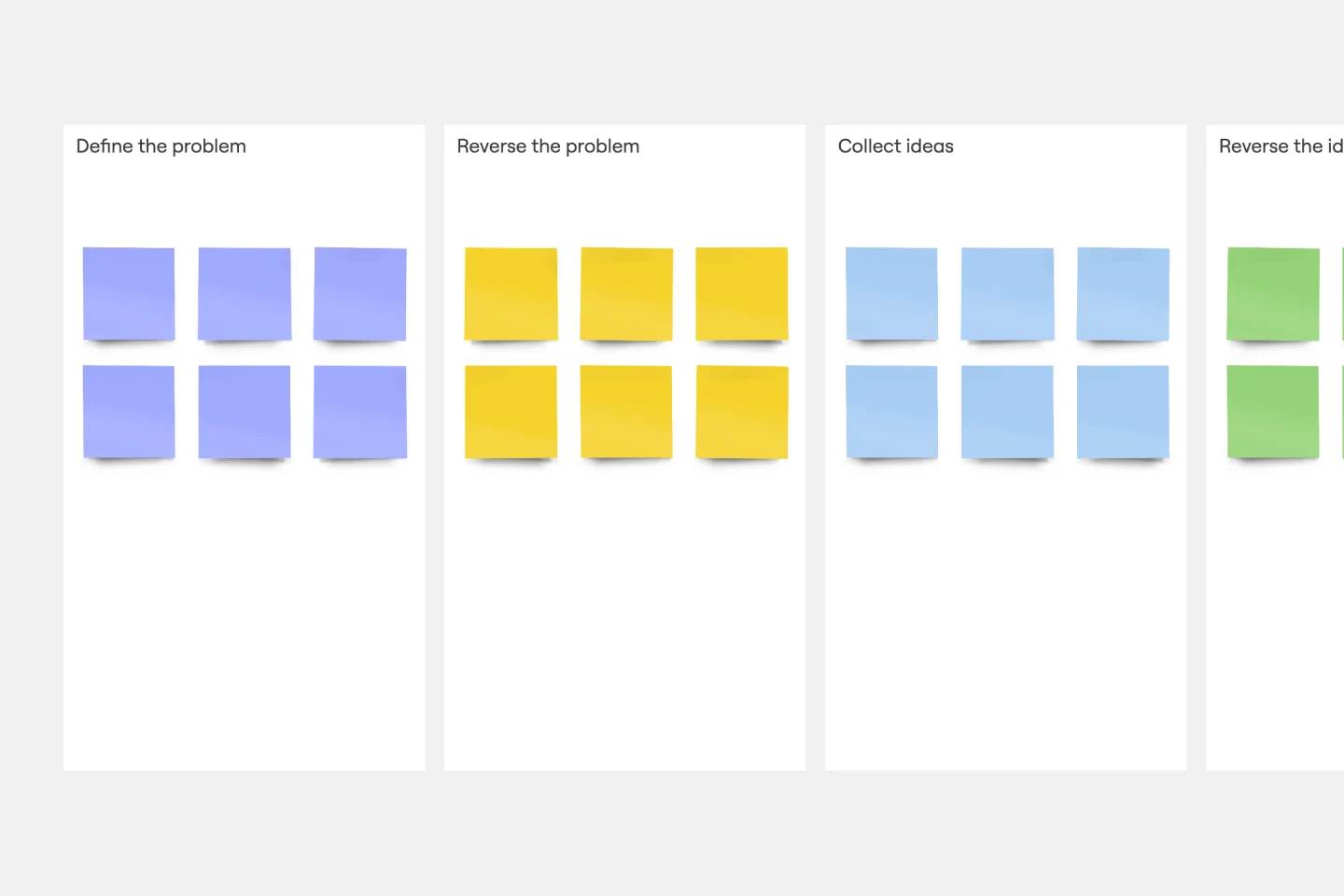
Research Topic Brainstorm Template
1 likes54 uses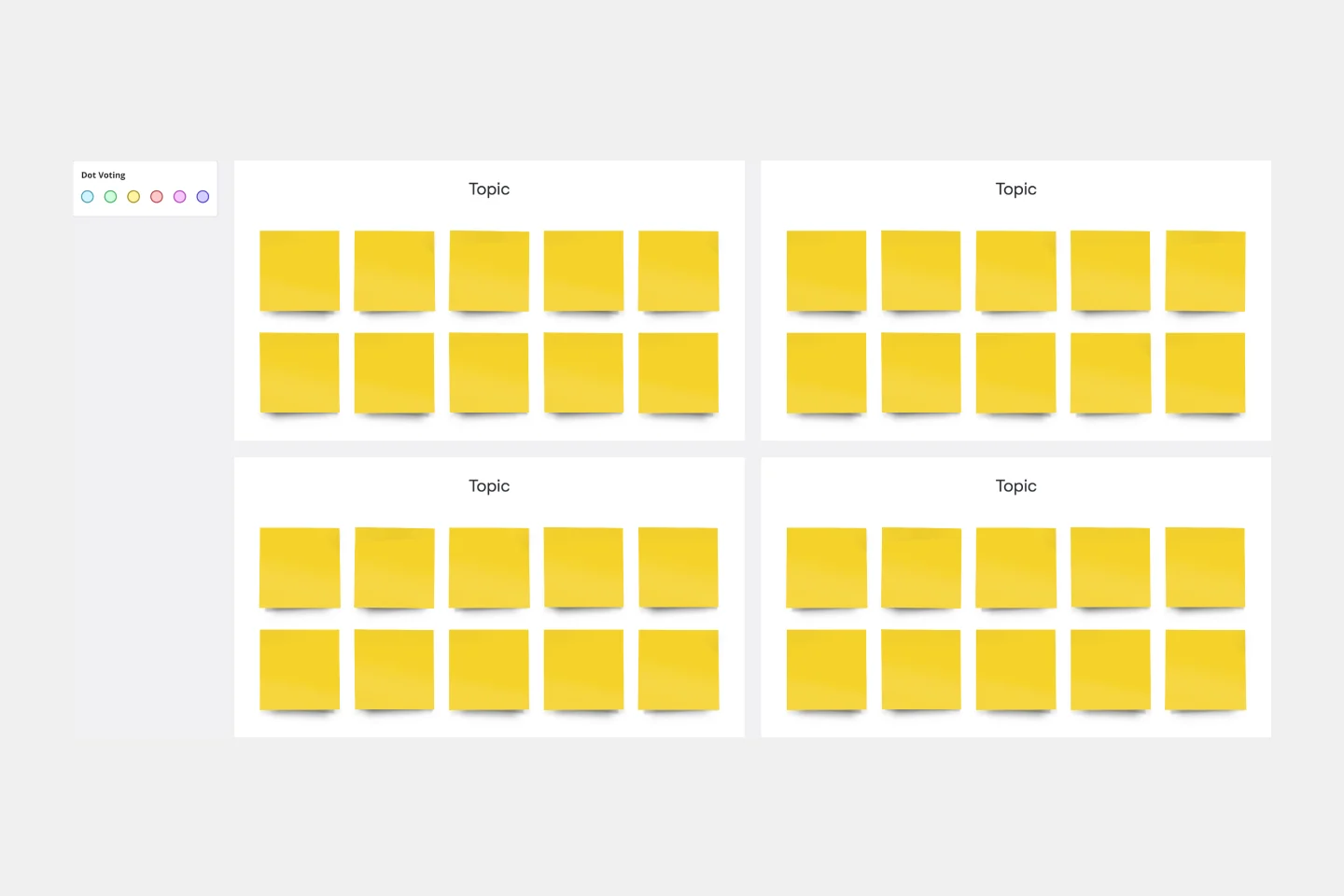
AI Product Brief Brainstorm Template
4 likes40 uses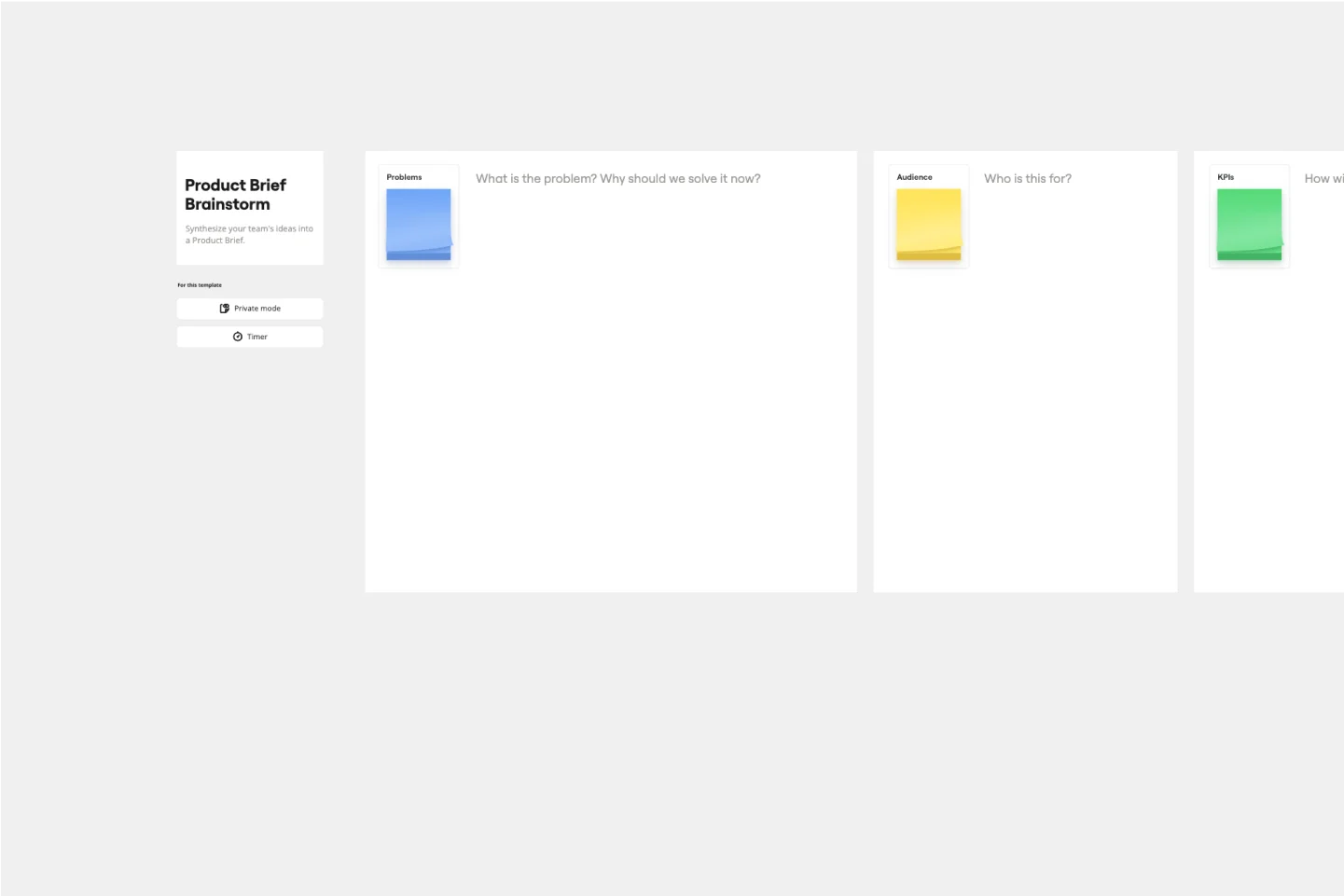
AJ&Smart's Lightning Decision Jam (LDJ) Workshop
1.2K likes12K uses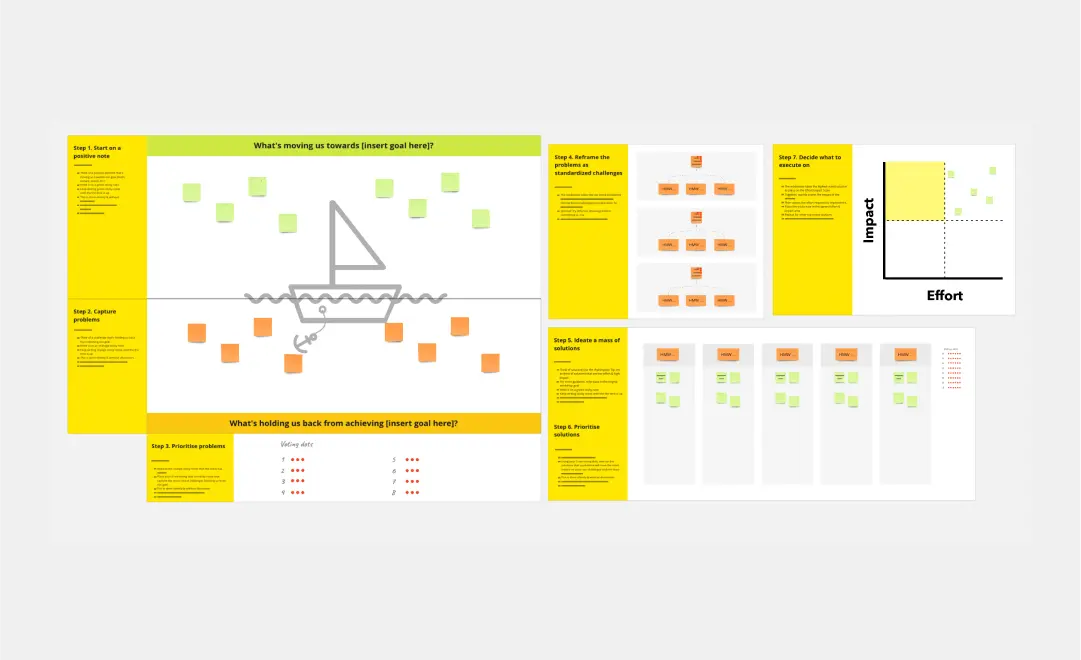
Stinky Fish
560 likes6.7K uses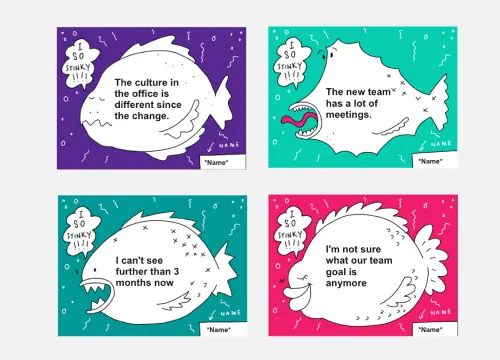
Product Discovery Ideation Session
781 likes6K uses
Product Vision Canvas
965 likes5.9K uses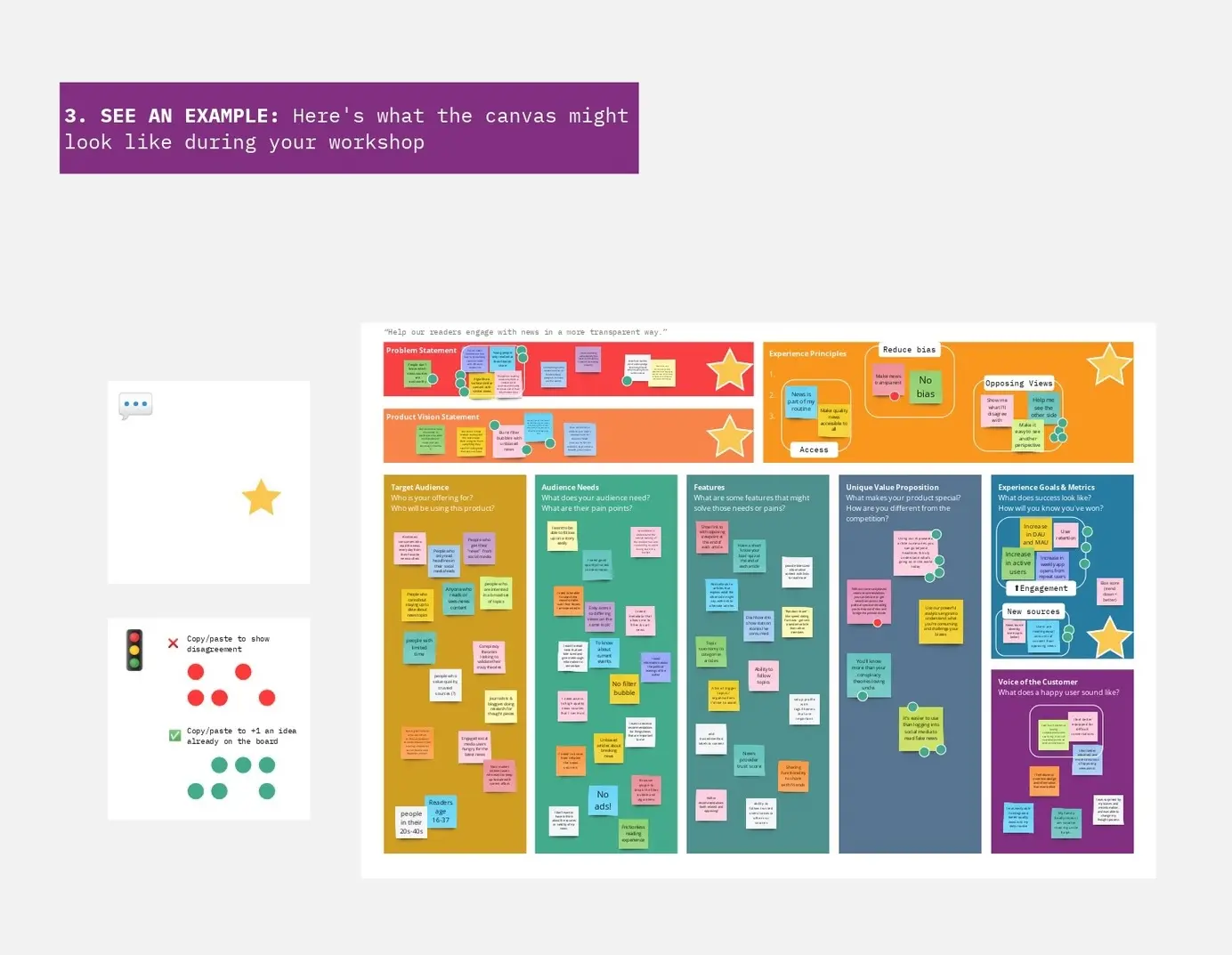
Consumer Trend Canvas
333 likes5.8K uses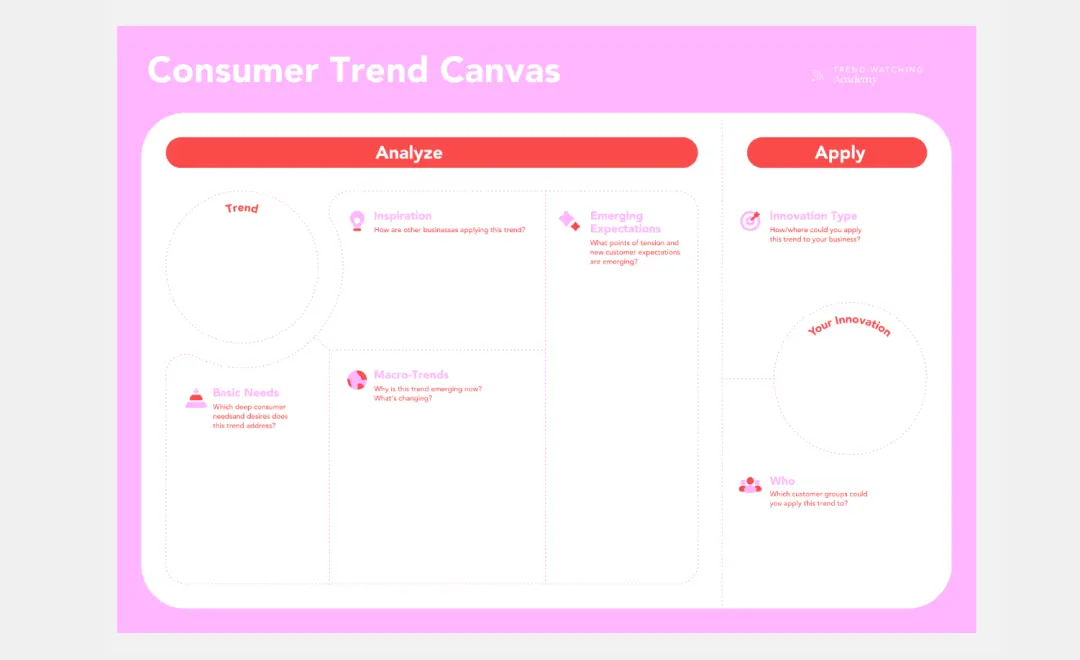
Storyboarding Toolkit
878 likes4.7K uses
SEO Strategy EVO Guide + Example
980 likes4.6K uses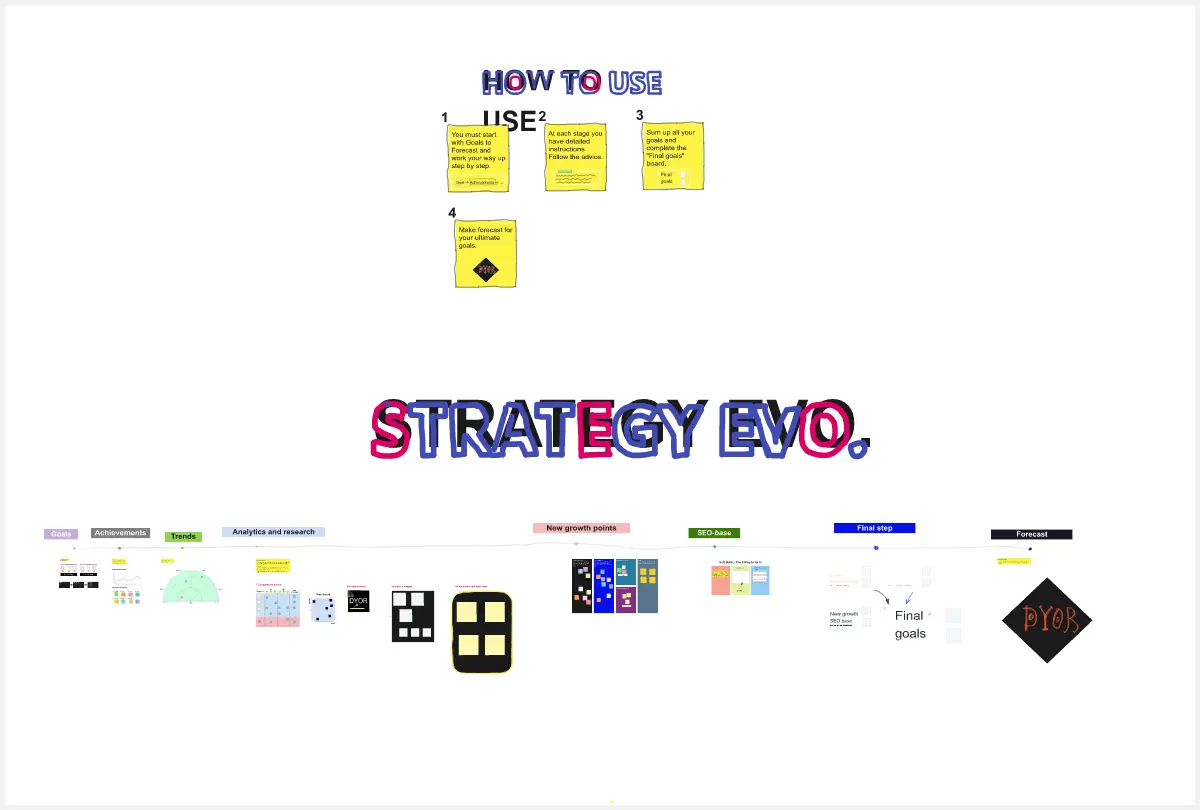
TEAM ALIGNMENT Board
1.2K likes4.5K uses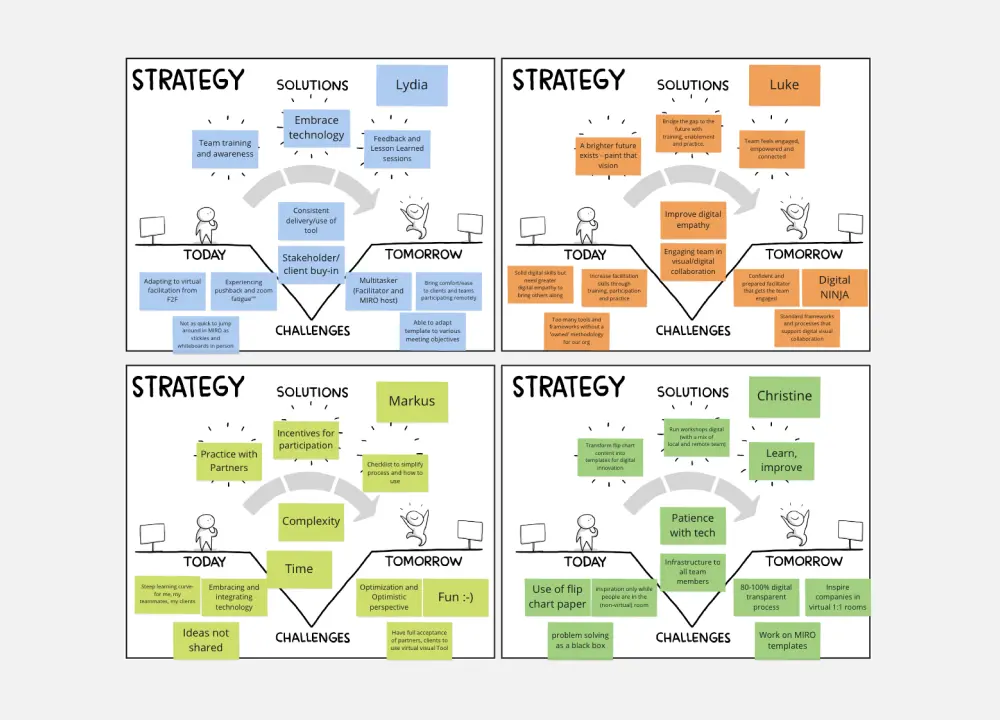
The Business Model Kit
664 likes4.3K uses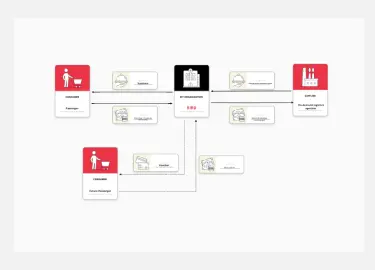
Problem Statement Map
455 likes4K uses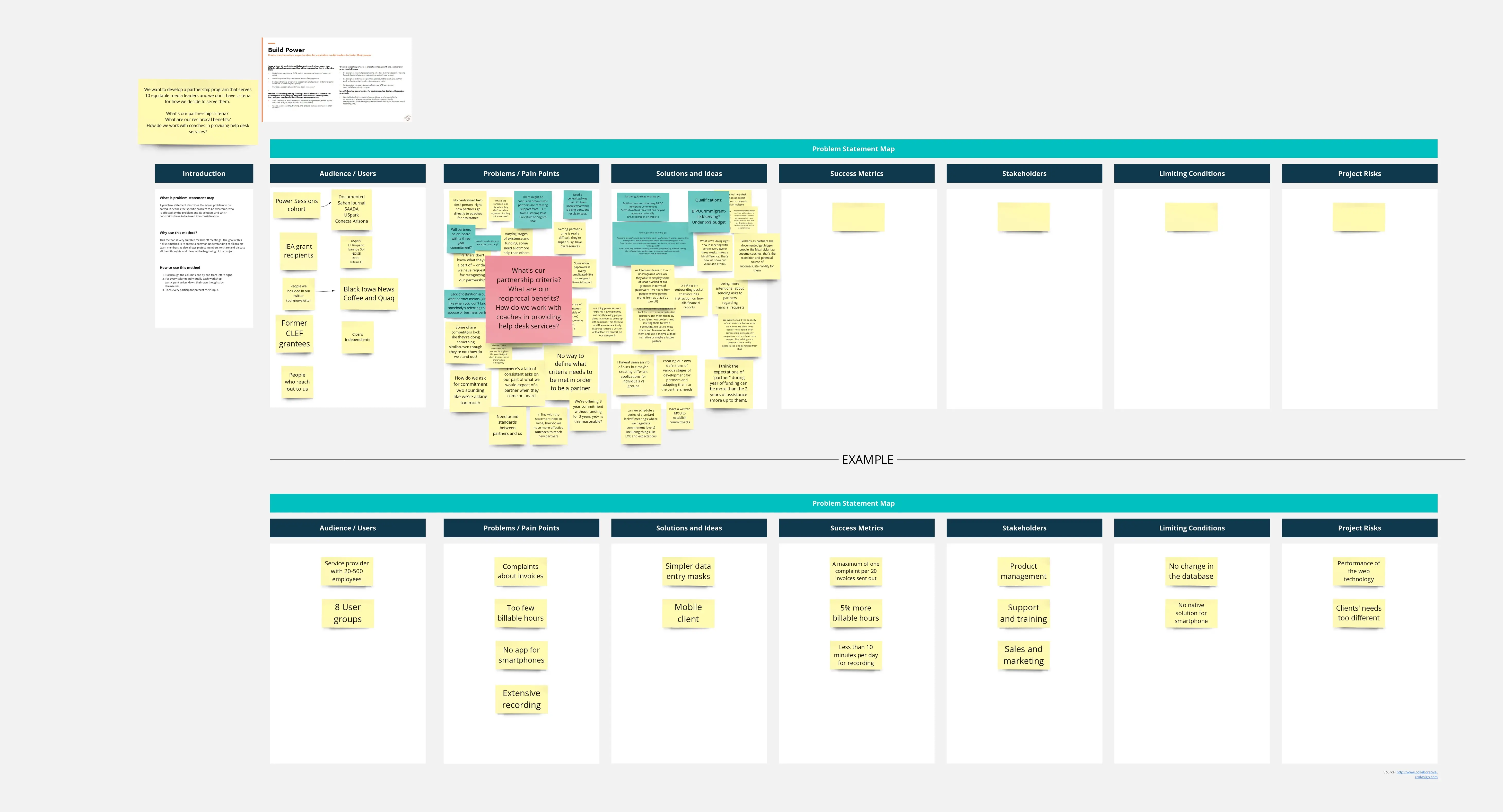
Empathy Map Canvas
220 likes3.7K uses
Book Outline
336 likes3.5K uses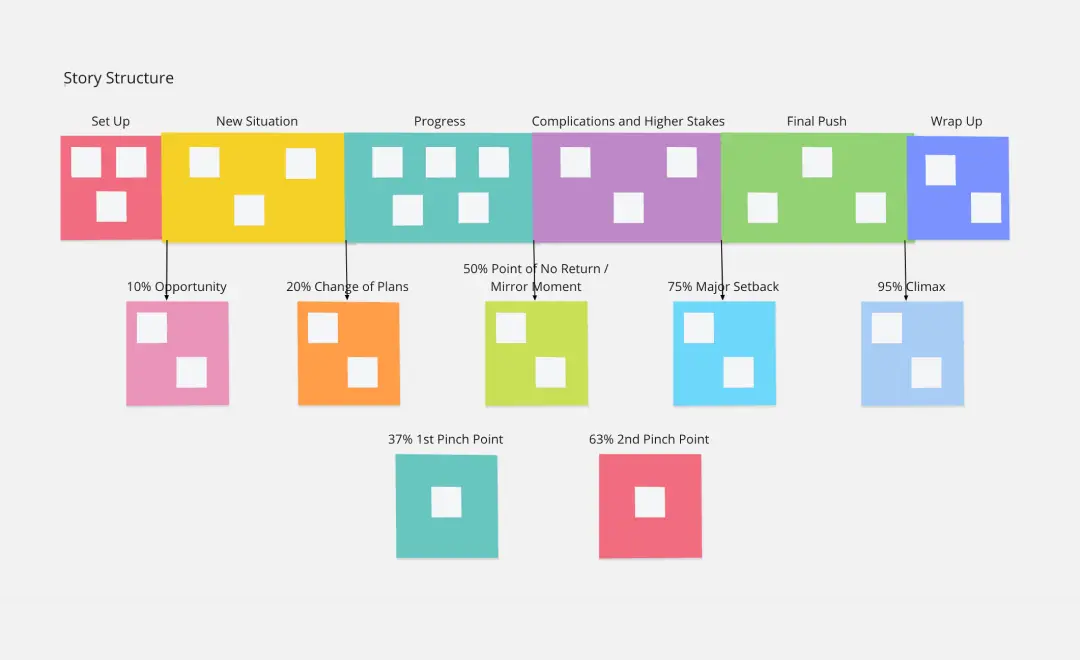
Design Thinking Board
718 likes3.3K uses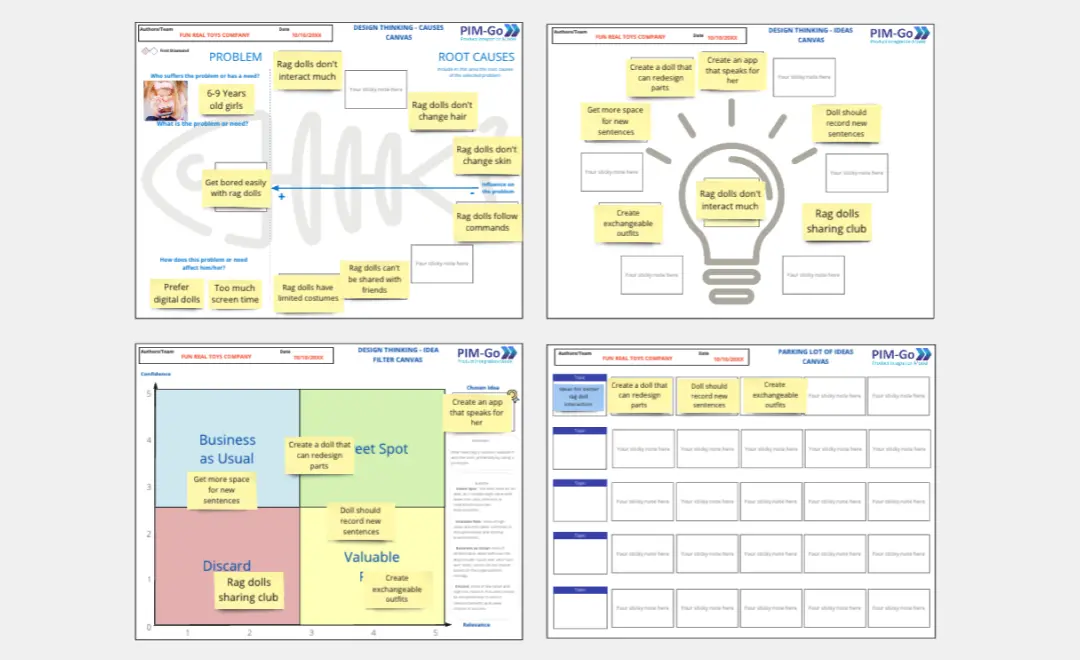
Retrospective
400 likes2.9K uses
The Golden Circles: Plan with Meaning
246 likes2.9K uses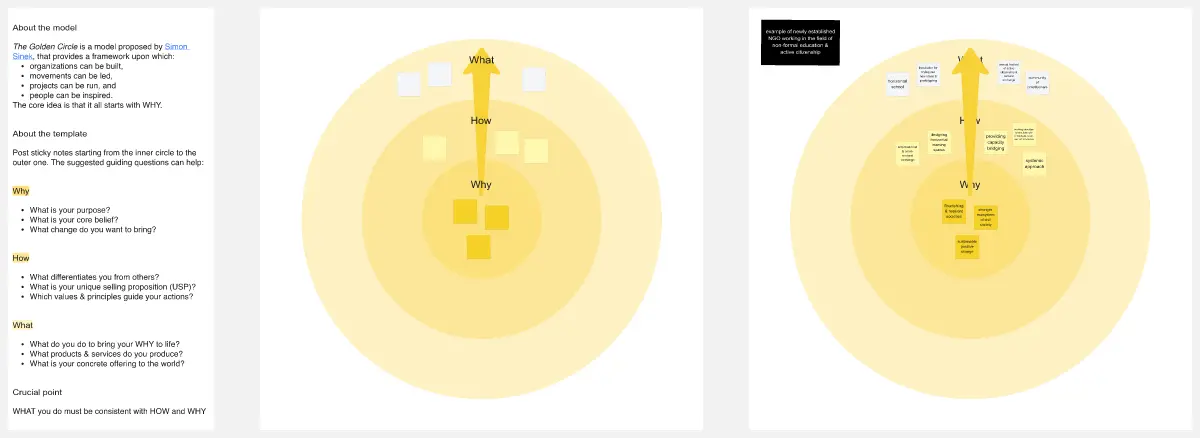
The Complete Naming Mega-Workshop
334 likes2.8K uses
Ecosystem Mapping
455 likes2.6K uses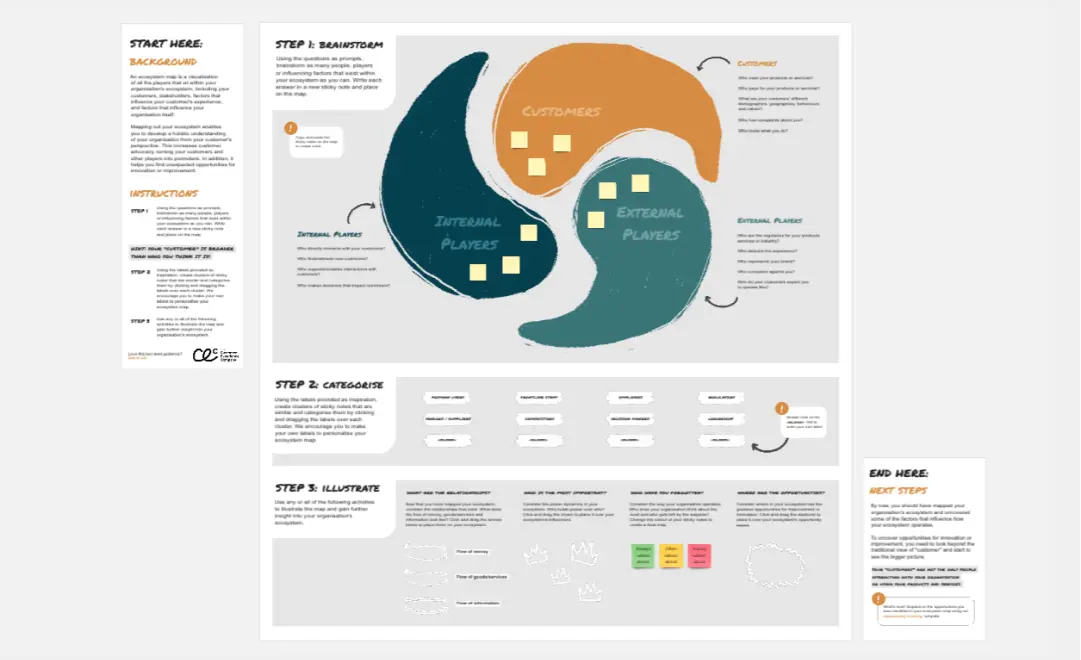
Marketing Funnel
290 likes2.4K uses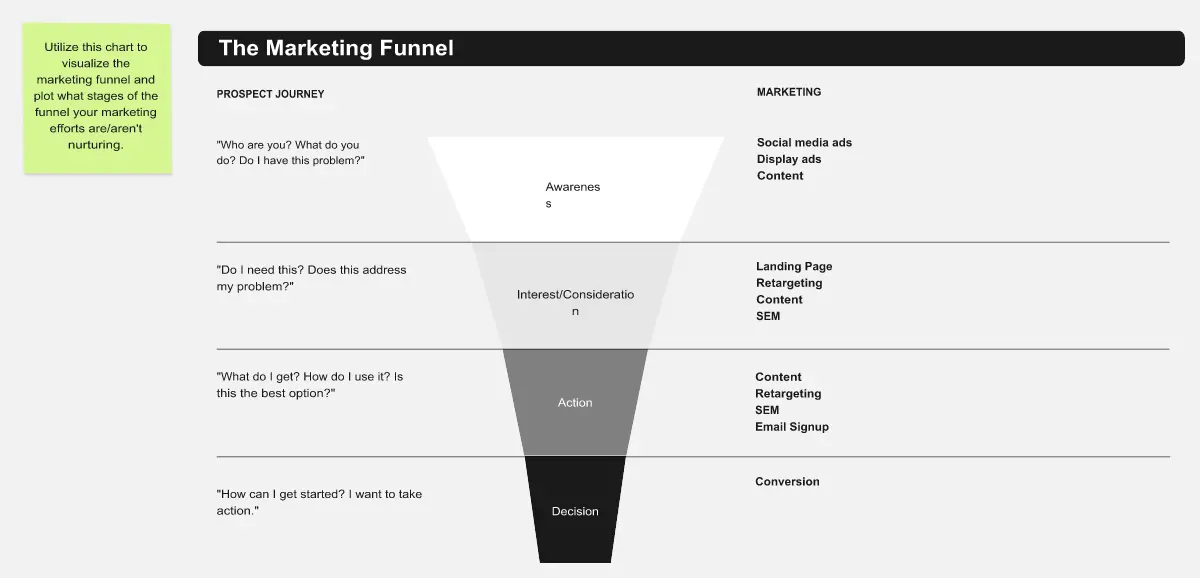
Swim Lanes
17 likes2.4K uses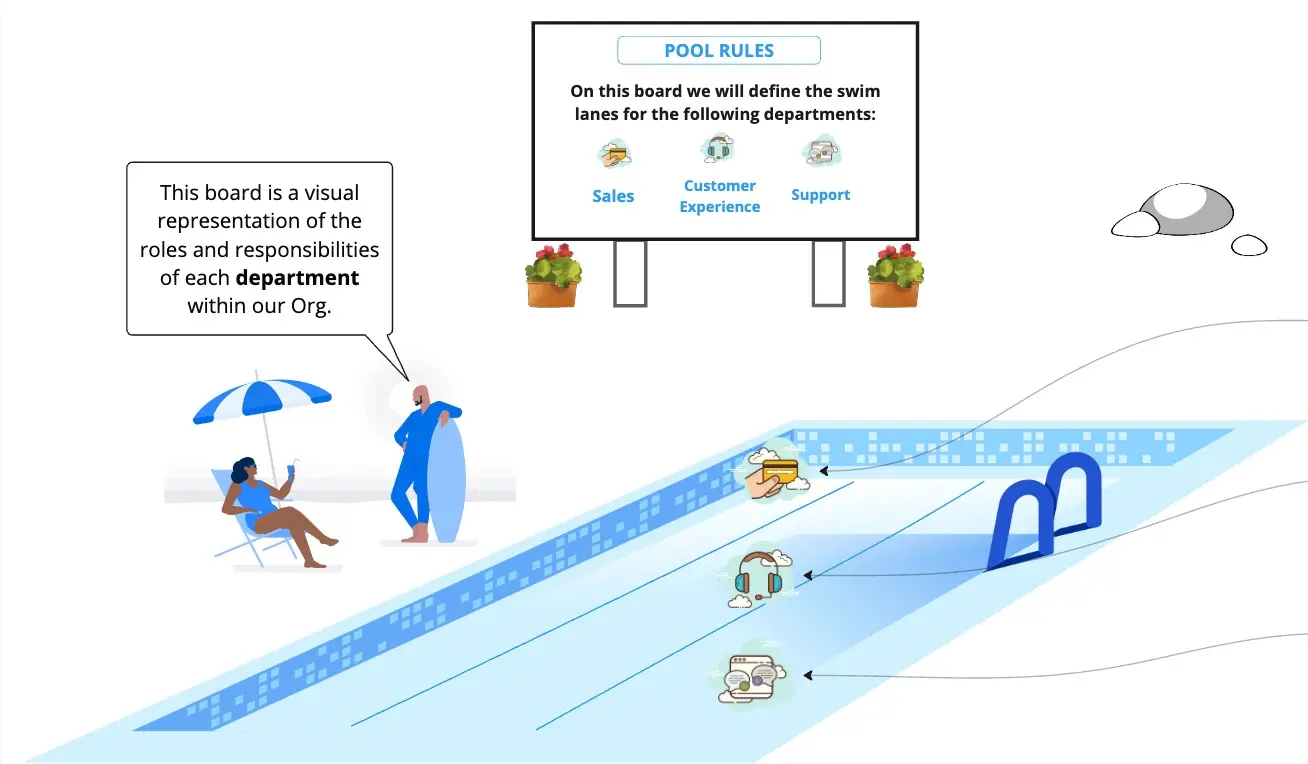
Feature prioritization canvases for product teams
577 likes2.3K uses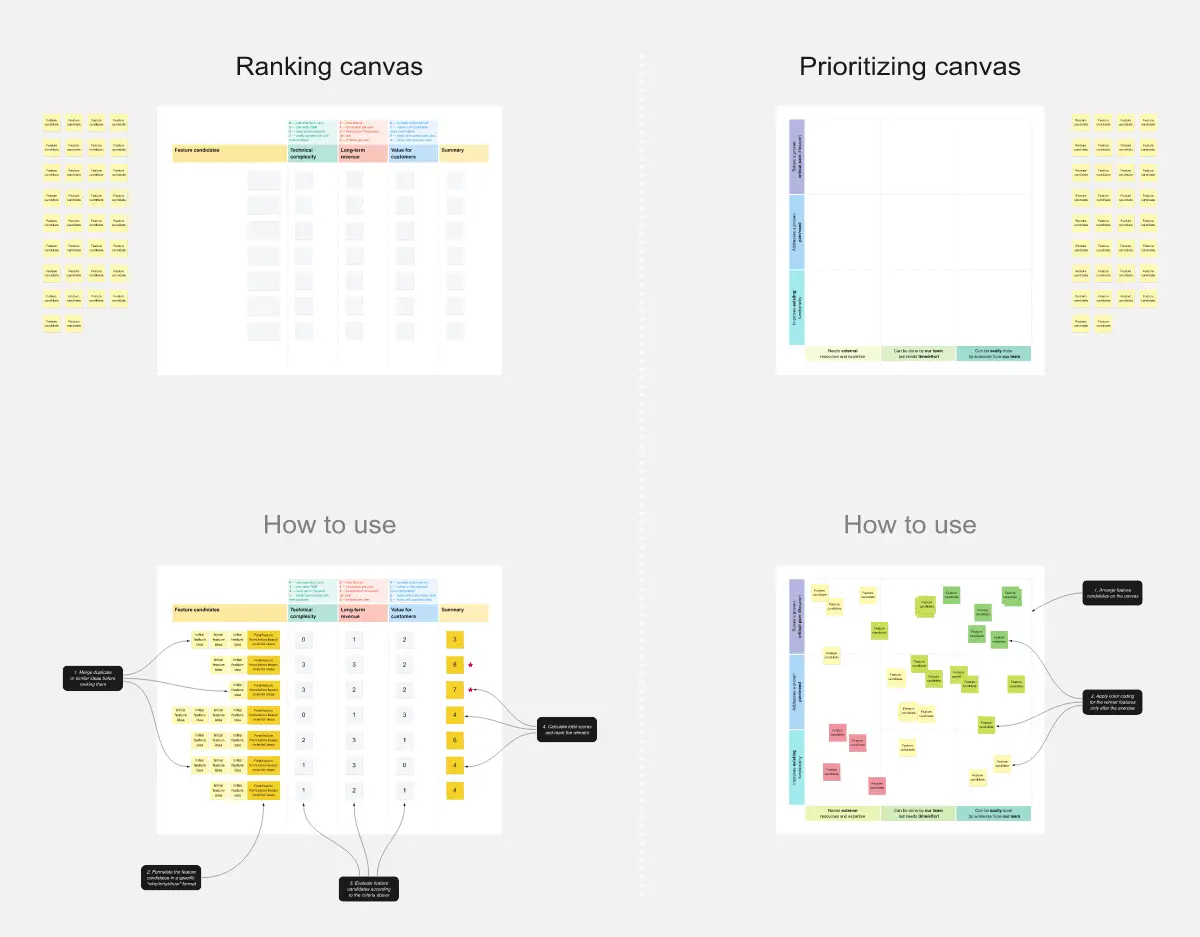
Fishbone Diagram
31 likes2.2K uses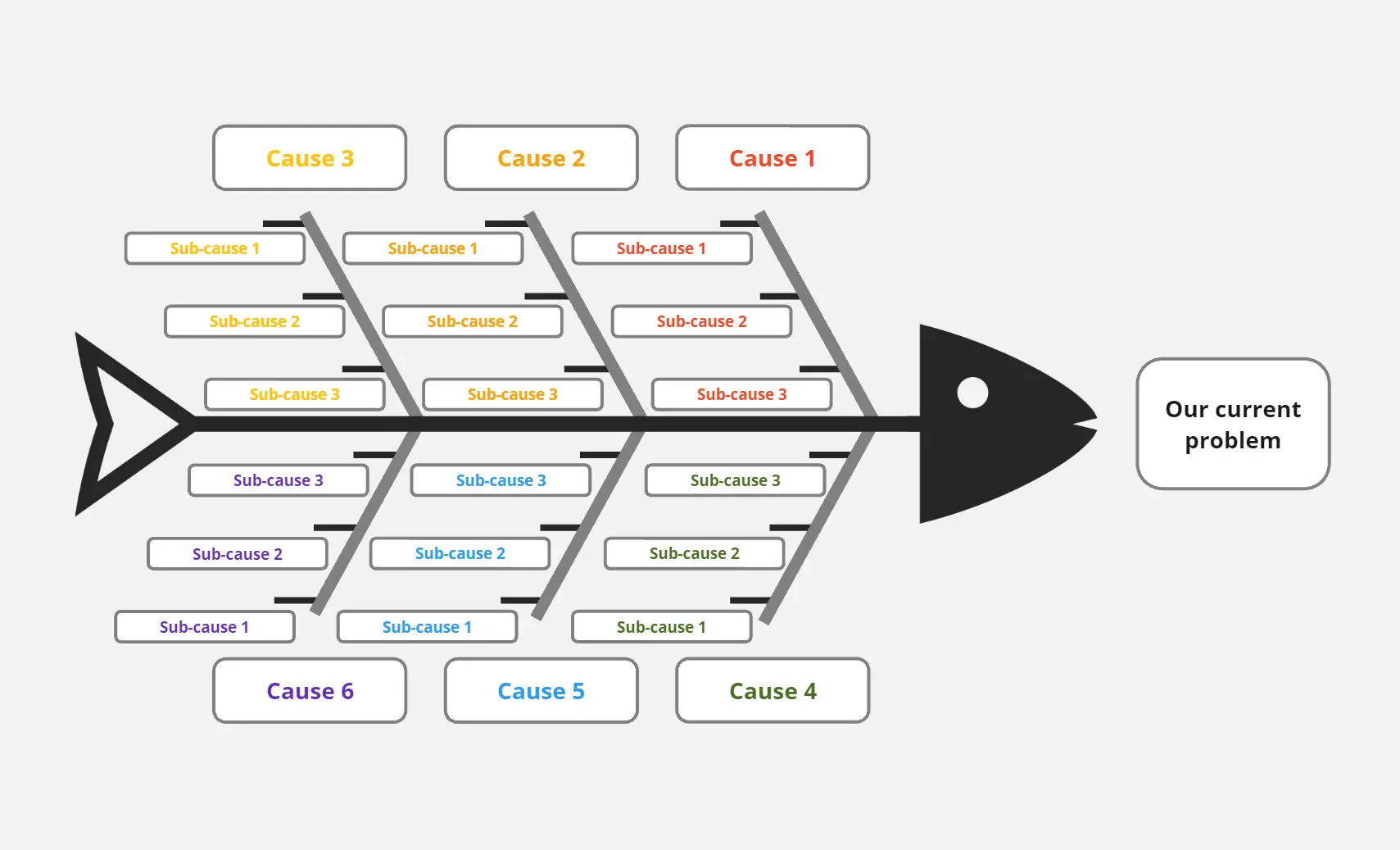
Storytelling Canvas
540 likes2.2K uses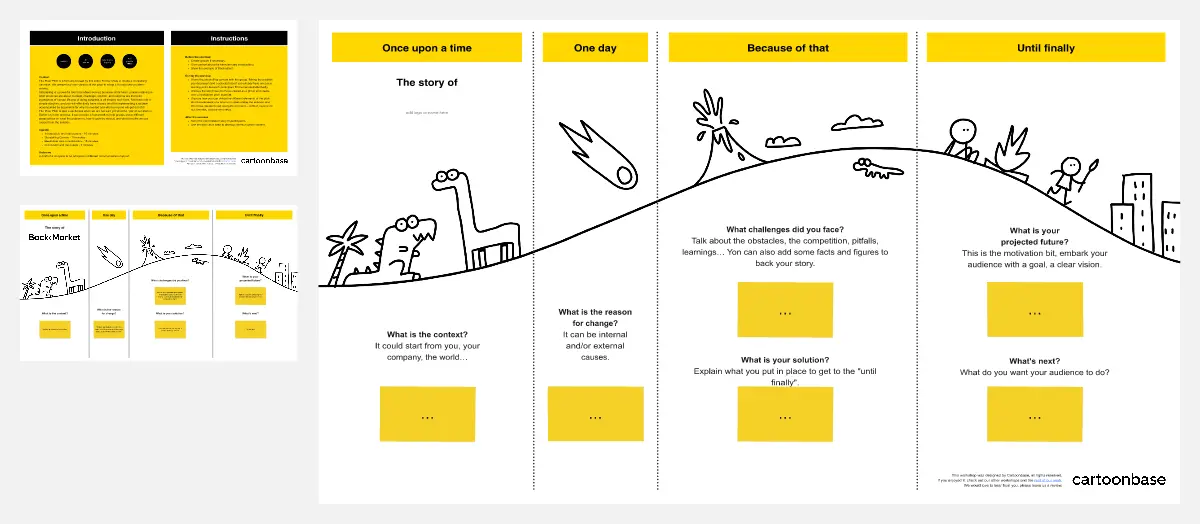
Blameless postmortem canvas
127 likes2.1K uses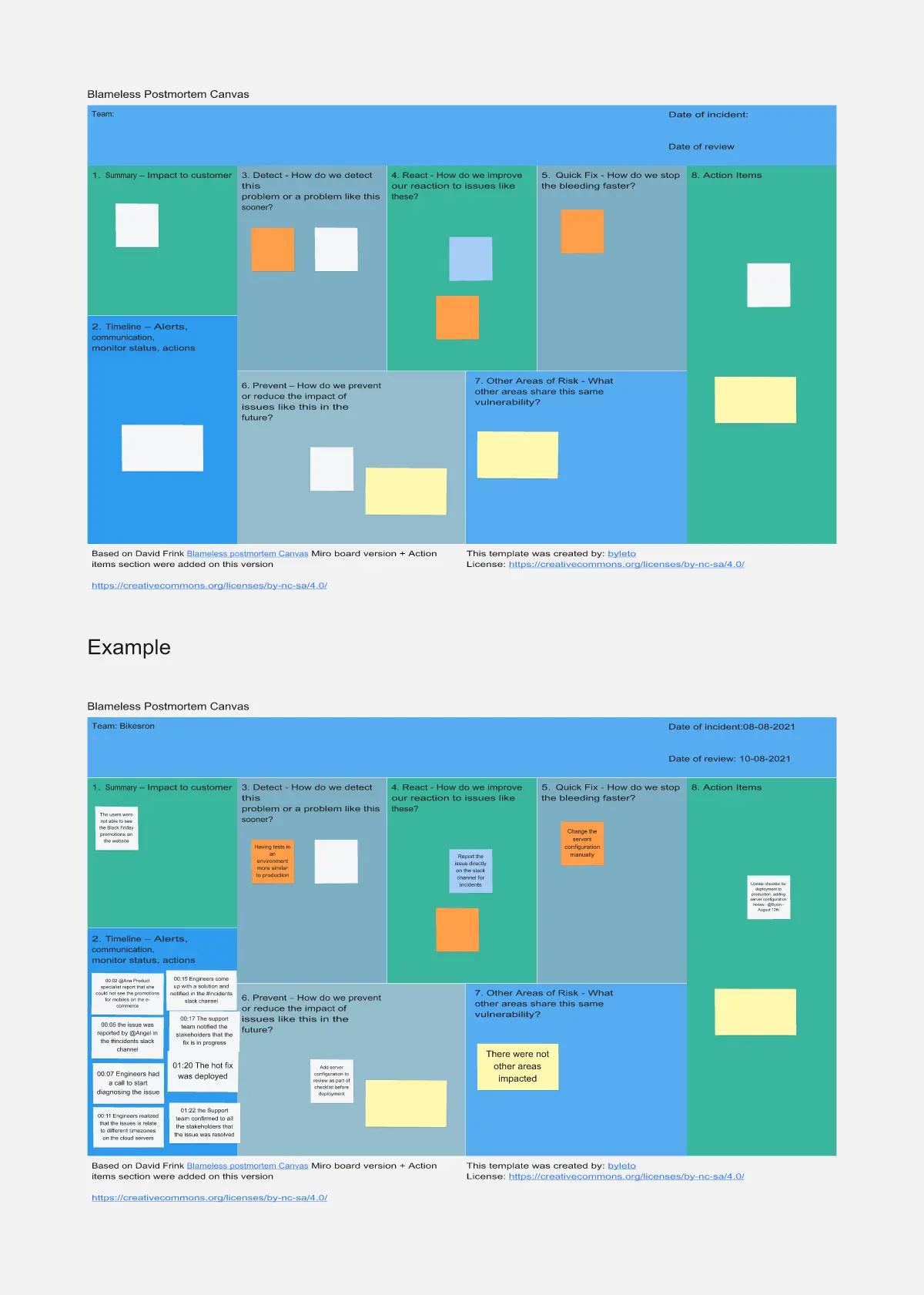
Social Media Planner
345 likes2.1K uses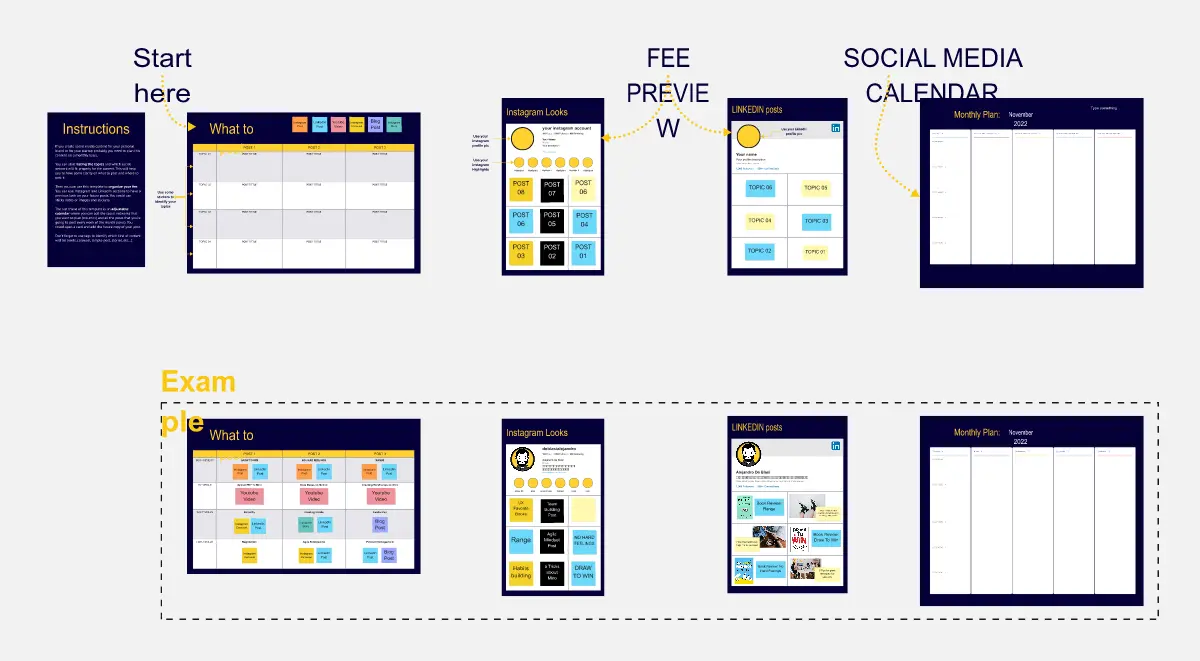
Brainstorming Starter Guide
188 likes2.1K uses
Product Strategy Map
321 likes2.1K uses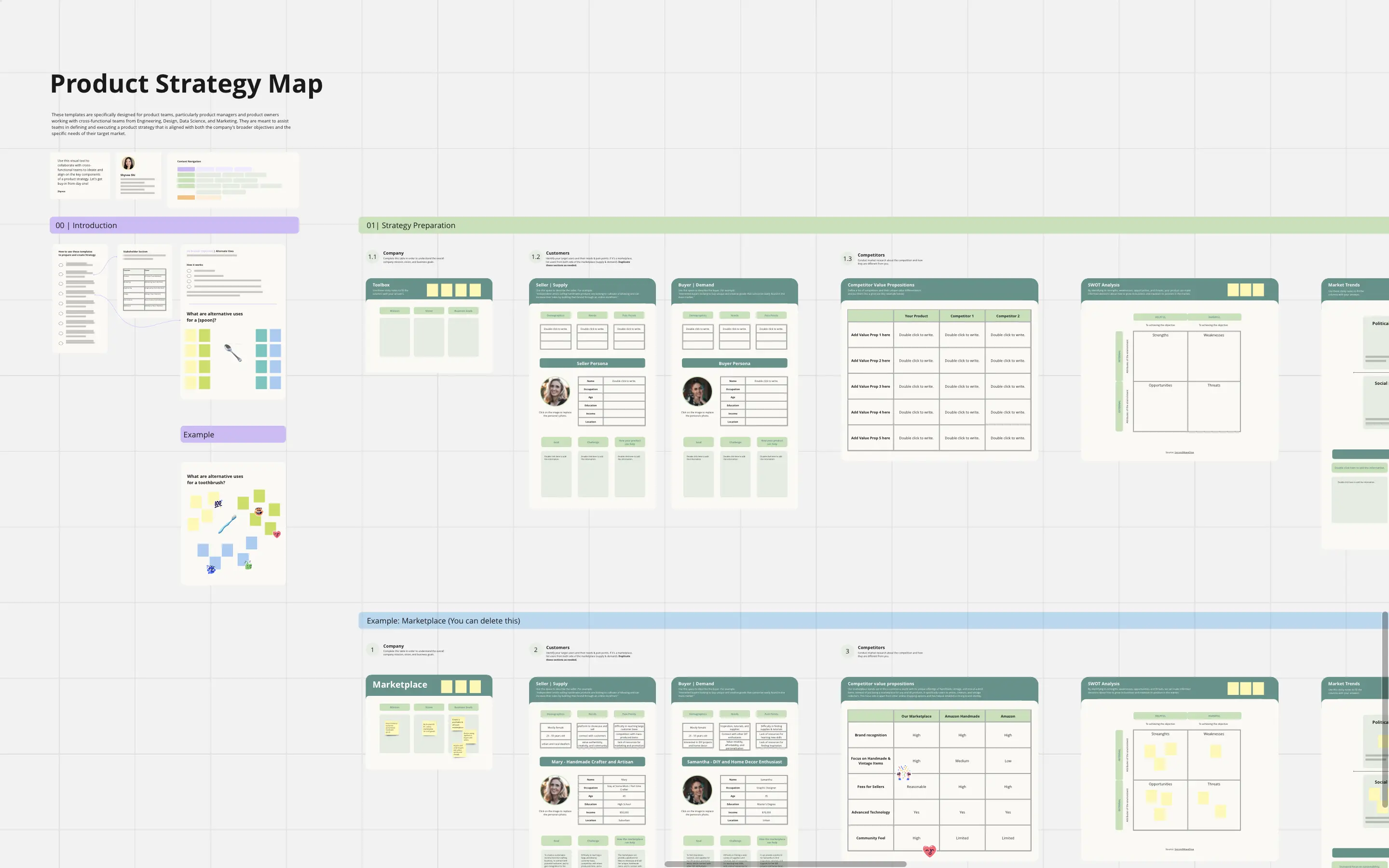
Facilitating Collaborative Product Development
414 likes1.8K uses
Vision Cone
242 likes1.8K uses
Features Generator
271 likes1.7K uses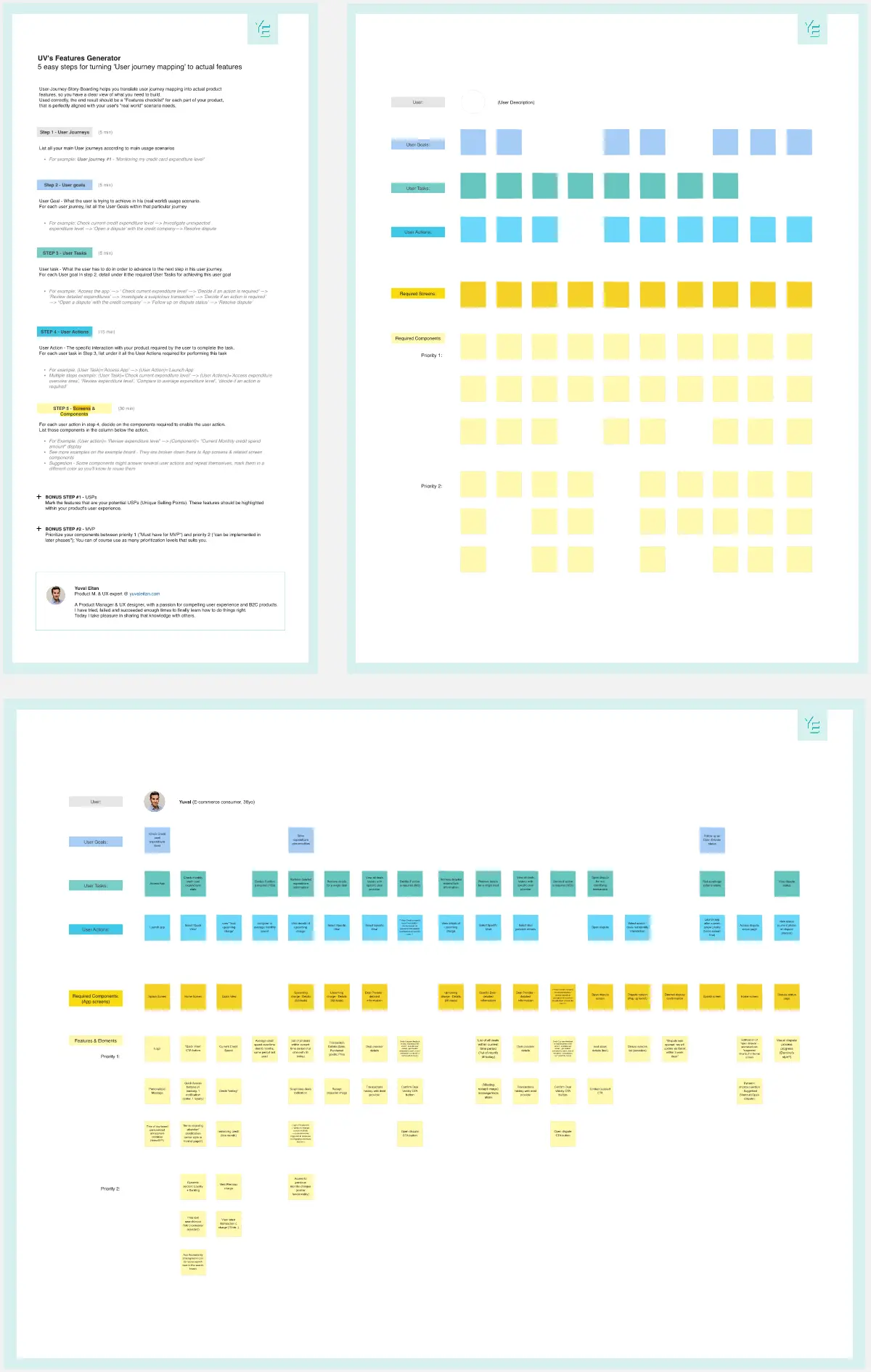
InsideOut Retrospective
189 likes1.6K uses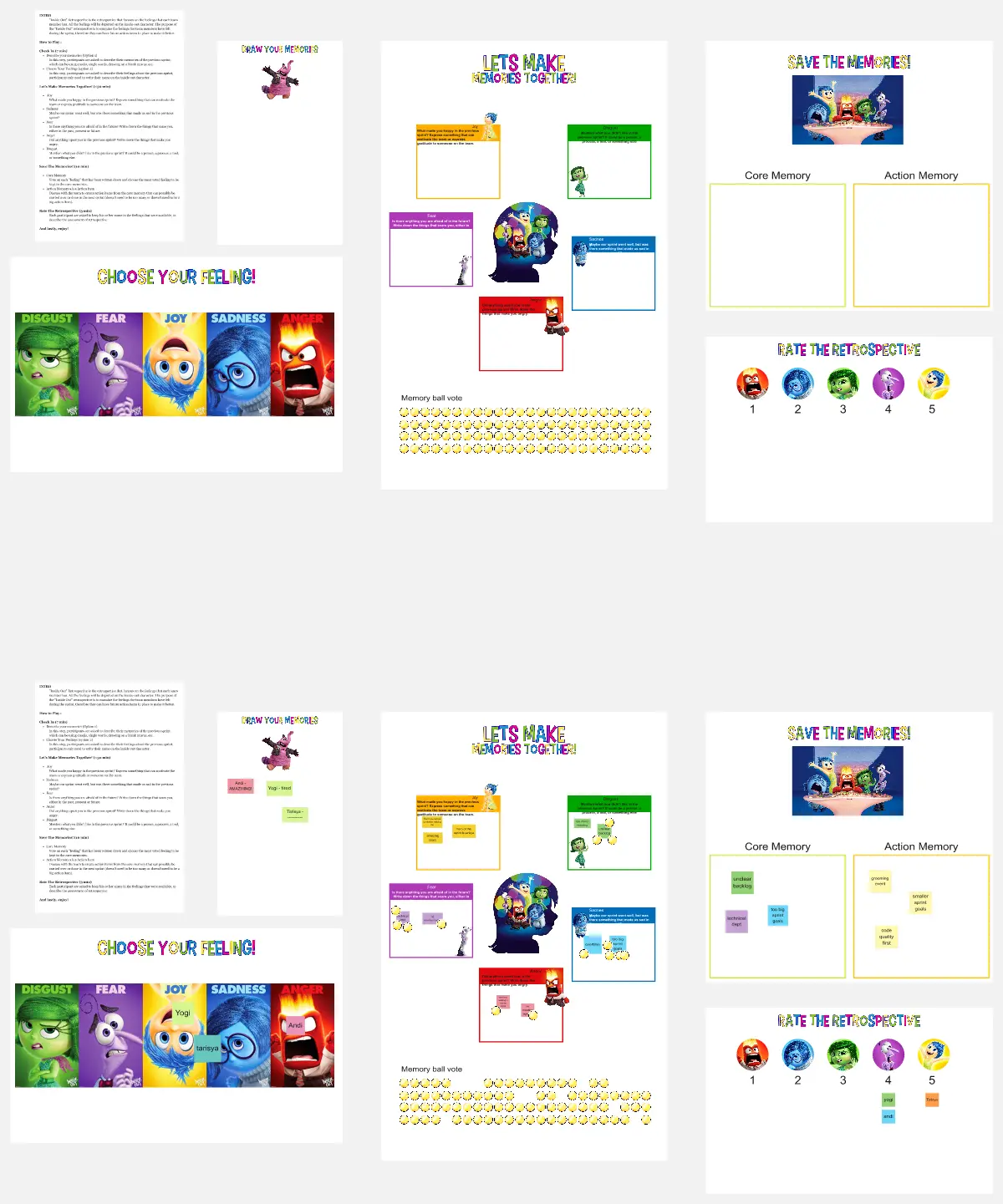
A Halloween Retro
135 likes1.5K uses
Discovery Flow
366 likes1.5K uses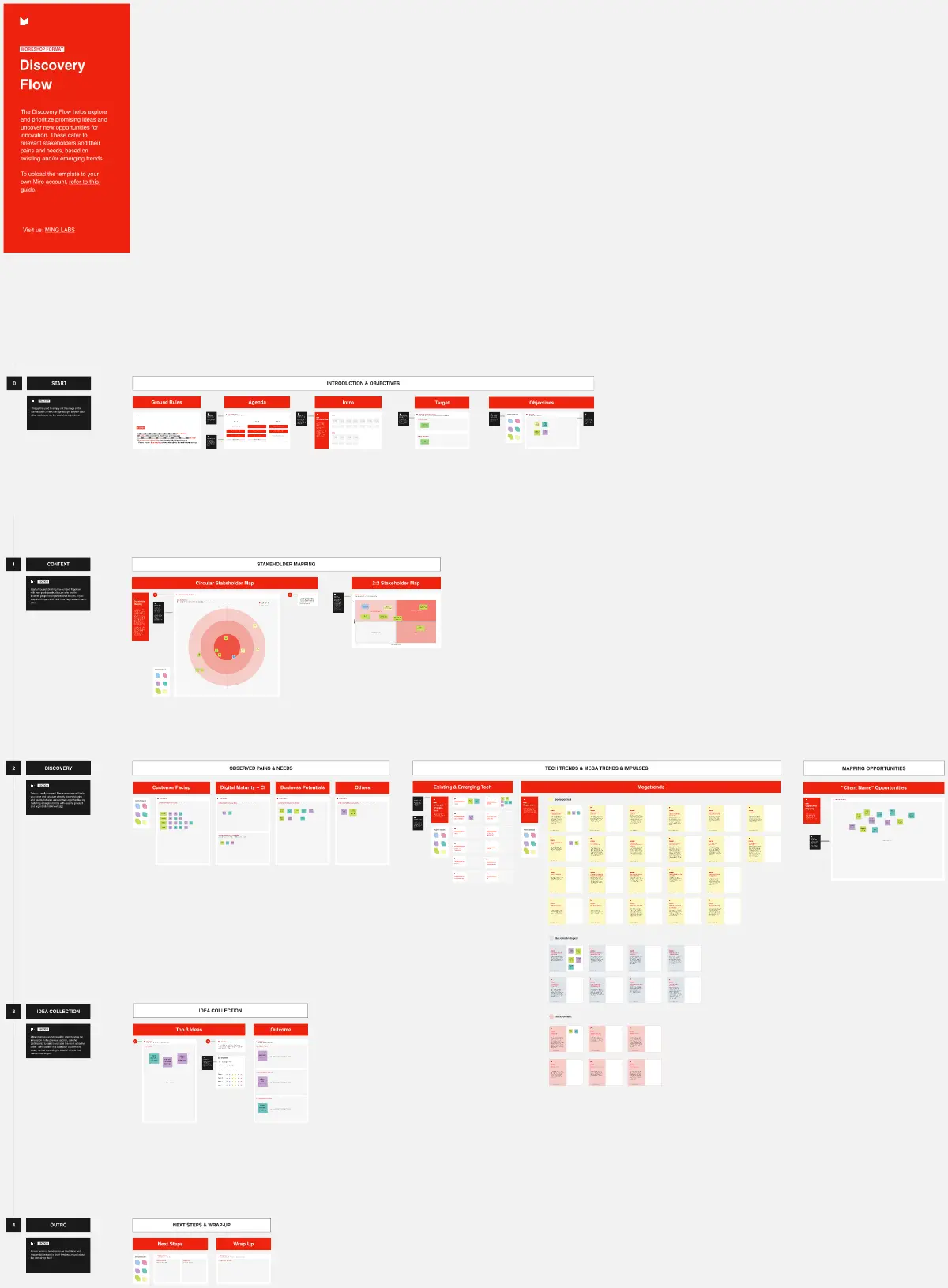
Storyboards
240 likes1.5K uses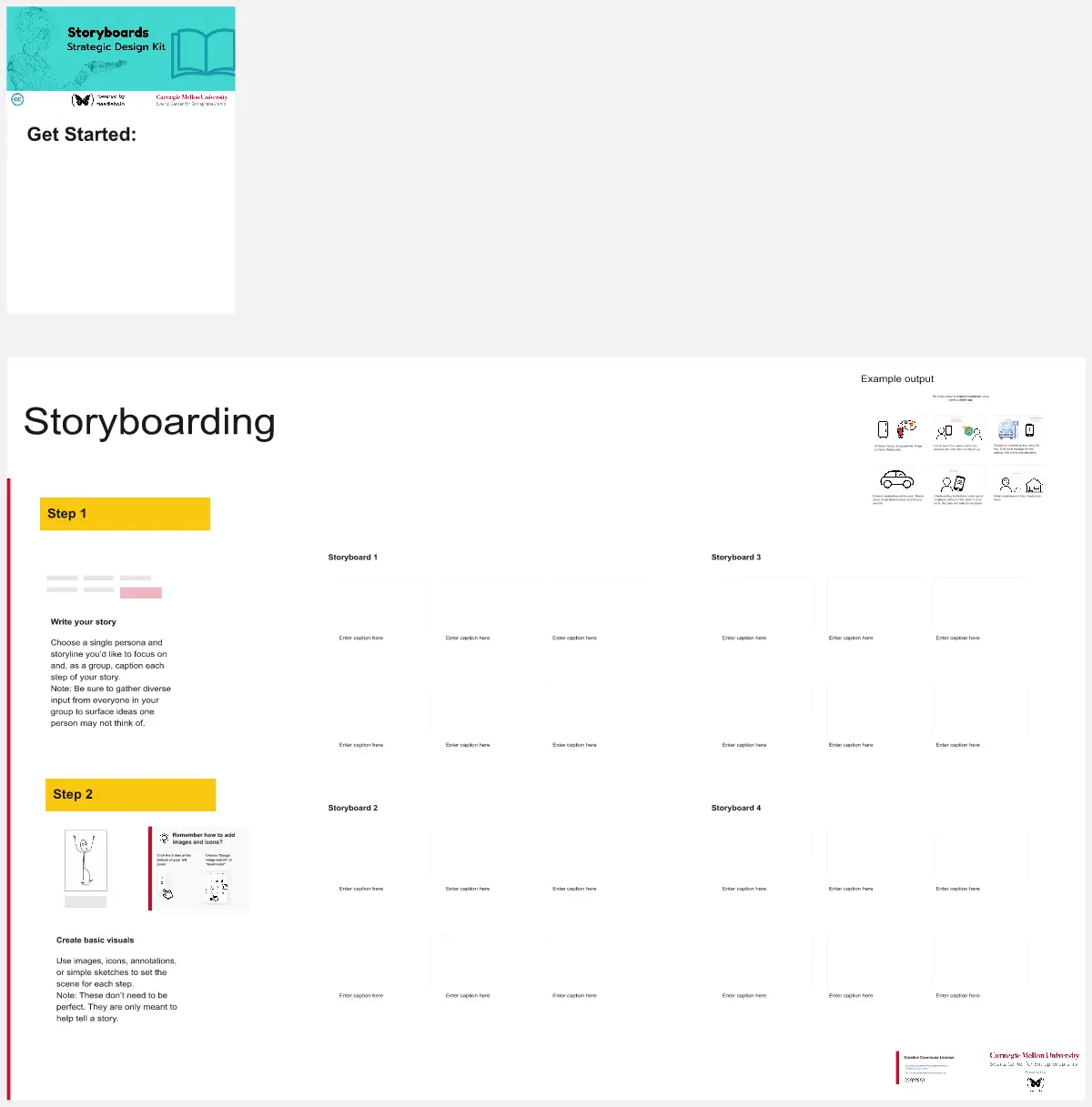
The Ultimate Storyboarding Template
349 likes1.4K uses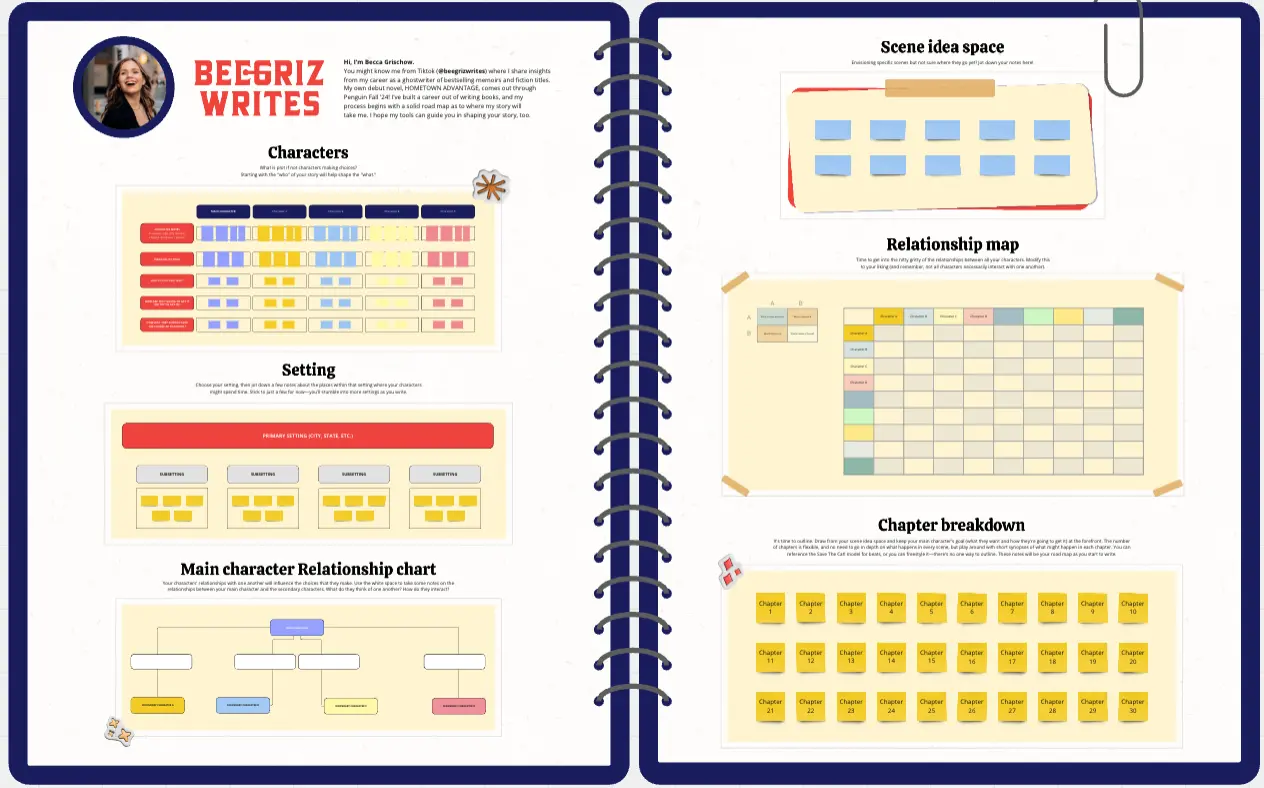
Vision, Focus Areas & Objectives
271 likes1.4K uses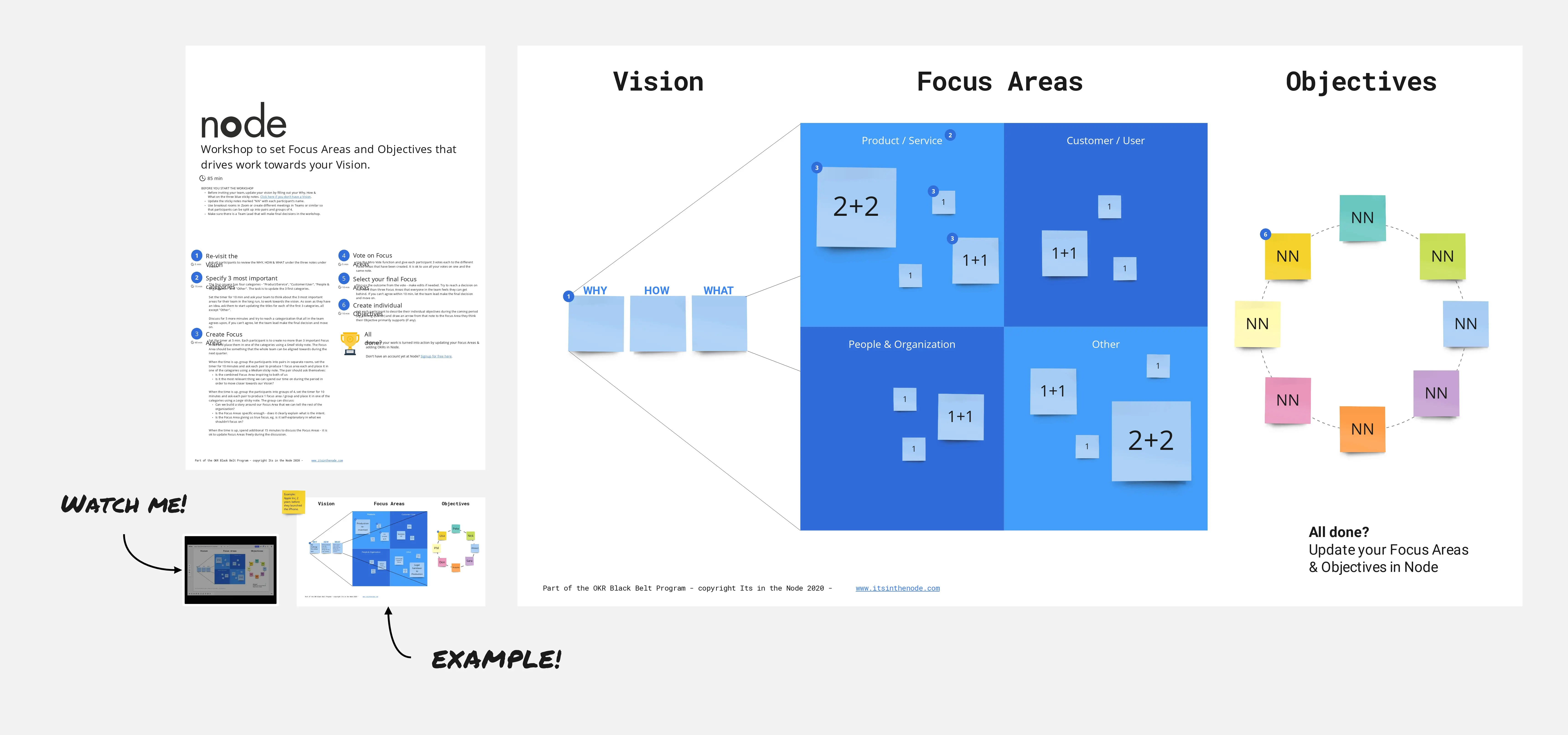
The Story Engine
420 likes1.4K uses

